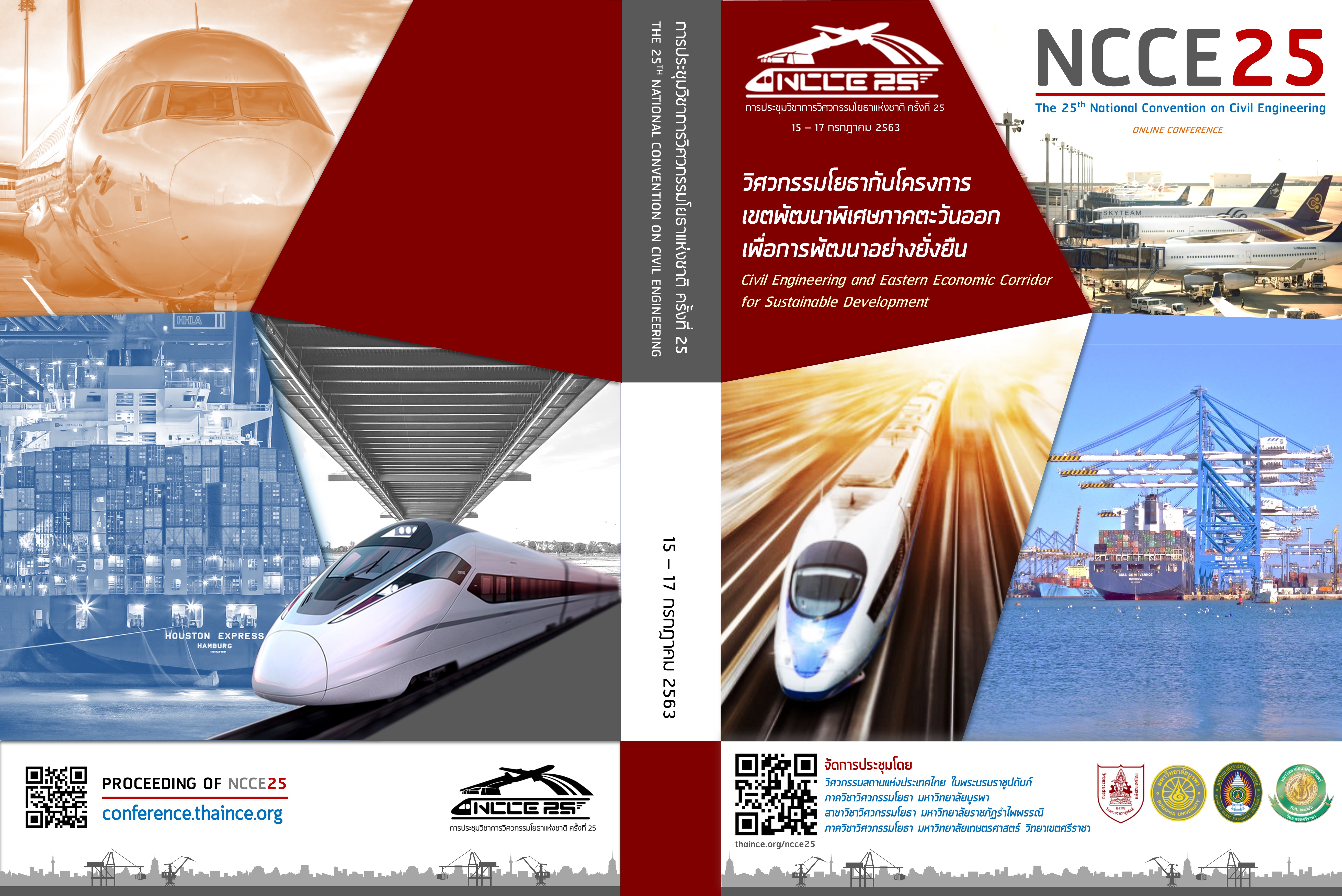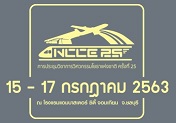Correlation between Electrical Resistivity and Undrained Shear Strength For Analysis of Canal Embankment Road in Bangkok Soft Clay Area
Keywords:
Canal Embankment Road, Soft Clay, Electrical Resistivity, Shear StrengthAbstract
Canal embankment road that is constructed in Bangkok Soft Clay area which cover among 14 provinces of the central and the east of Thailand. During the drought every year, there are several roads collapsed because the water level in canals decreases rapidly. The government must pay the large amount of budget for repair and prevent recurrence. Accordingly, the slope stability analysis is one method of remedy the problem. Recently, the parameters of soil is used for analysis, design and remedy the problem. The data obtained from Soil Boring Test which the field Investigation. The test results are only a few points to represent the soil layer for slope stability analysis. Resistivity survey is one of the tools that used to explore the underground geological in wide area. This tool use for measure Electrical Resistivity of soil however this tool cannot estimate the shear strength. In consequence, this research studied the Correlation between Electrical Resistivity and Undrained Shear Strength (Su) by screw driving sounding test (SDS). When knowing the value of Shear Strength of the soil layer, we can be converted to other parameters such as Cohesion (C), Friction angle (∅) and Unconfined compressive strength (qu).
Downloads
Downloads
Published
How to Cite
Issue
Section
License
บทความทั้งหมดที่ได้รับการคัดเลือกให้นำเสนอผลงานในการประชุมวิชาการวิศวกรรมโยธาแห่งชาติ ครั้งที่ 25 นี้ เป็นลิขสิทธิ์ของ วิศวกรรมสถานแห่งประเทศไทย ในพระบรมราชูปถัมภ์



